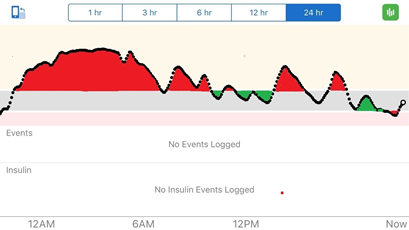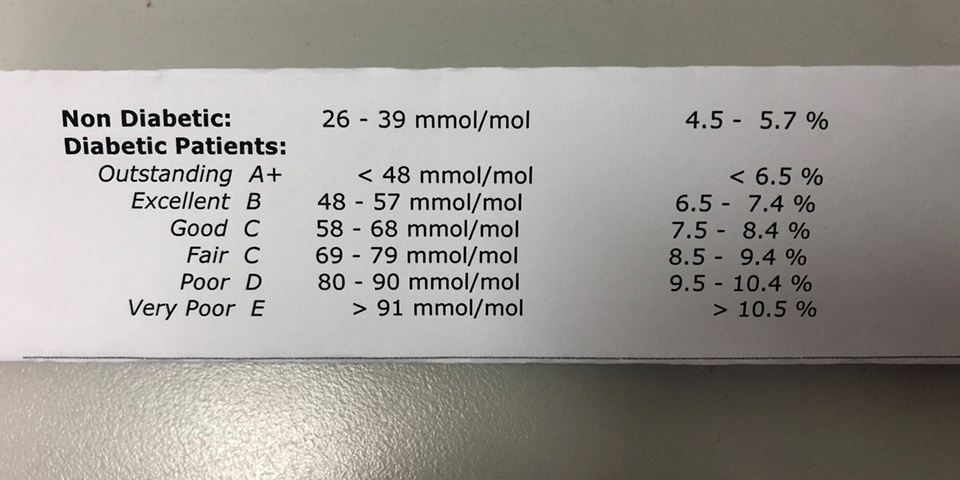Christmas at Gaylord Opryland Resort
Learning is a constant process of discovery – a process without an end. – Bruce Lee
The holiday season is an ideal time to use monitoring to learn how special holiday foods/meals, changes in schedules, stress, and changes in routine physical activity affect blood glucose.
We know that glucose numbers are simply that……they are numbers, and numbers provide information. The goal of monitoring is to generate data to help people make choices and changes. Numbers are not good or bad. They help people learn and understand.
While many people use meters to stay in touch with their blood glucose, a CGM (short for continuous glucose monitor) is a helpful choice for others. With a CGM one can see patterns and trends over time, not just one single number at one moment in time. Also, they can receive real time alerts for when glucose is going above or below target. Around holidays, a CGM can be a great monitoring tool to see how the choices made impact glucose levels.
Learning from CGM
Below you see CGM data over a 24-hour period, beginning at midnight. The goal is more green – more time in range – more time feeling better. Have you heard of the acronym FNIR? It means flat, narrow and in-range. That is the goal of CGM trend graphs.
Suppose this tracing below is a few hours after a holiday meal. This is just one day. It’s important to keep the big picture in mind. Yet, learning can come from this data – seeing the impact of foods and portions.
While the focus may be drawn to the time out of range (in red), let’s turn focus to the green (the time in range). How was that accomplished? We learn that the individual made it to the gym for a morning workout and enjoyed a healthy lower carb breakfast. Monitoring helped identify exceptions (those times when the presenting situation could have happened, but somehow did not.) It’s a time when things could have gone wrong, but didn’t. Exceptions are a core tool in solution-focused practice. Focusing on what is going well, instead of what is wrong, changes the conversation and allows the client to identify strengths and successes.
If you have not used CGM in the past, but are interested in learning from your own data, consider asking your healthcare provider to prescribe a Professional CGM. This type of CGM is owned by the clinic, but most insurances cover professional CGM a few times a year for most people with diabetes. Asking to wear a professional CGM over the holidays might not only provide you with data to learn from and might also help you to evaluate your choices and portion sizes.
Learning from structured blood glucose monitoring (BGM)
If you don’t have access to CGM, you can use structured BGM to also learn about your body’s response to food and activity You can read about discovery learning and structured BGM here.
“Discovery learning” focuses on using “personal experiments” to uncover aspects of one’s diabetes themselves. And when people learn by doing, they are able to make health decisions that work for them. They can identify “what’s working well” and are able to apply the solution-focused tactics to “do more of what’s working” and focus on successes instead of problems. Discovery learning is a great way to incorporate a solution-focused approach into practice.
Some examples of personal experiments you may encourage your clients to try:
Food. Consider a 3 day challenge. Clients can experiment to learn how favorite holiday foods affect them. Day 1 eat their favorite high carb breakfast. Day 2 eat their favorite high fat breakfast. Day 3 eat a combination breakfast with both carbs and fats. At the end of the three days compare CGM data or pre- and post-meal BGM values.
Physical activity. Day 1 eat before physically active. Day 2 do physical activity before eating. Day 3 have a small snack before physically active and then the next scheduled meal after the activity. Do you see differences that make you want to “do more of that?”
When following up with clients, focus first on glucose data that is in target, rather than the outliers. How was that accomplished? When evaluating glucose data and patterns, a typical first response may be to focus on the glucose values out of range and try to identify what went wrong at those times. However, what if the first focus was on glucose levels in the target range, and what was going on to accomplish that? Focus on what went well and what they learned. If we only focus on times that are not working well, we miss identifying successes.Of course, we always identify hypoglycemia and address that at all visits to ensure safety.
Examples of questions to ask:
I see you changed how much you walked after dinner, what did you learn?
You were in target range after these three meals, how did you do that? How can you do more of that? And what else?
What have you learned during your discovery? And follow up with, How can you do more of that?
We hope you and your clients unwrap some new learnings and discoveries using monitoring in a solution-focused way this holiday season!
If you are a health care professional and interested in learning more about our solution-focused practice and approach, when you subscribe to our blog, we’ll send you in return a FREE resource of 10 Solution-Focused Questions to start a solution-focused discussion with your clients.
Follow us on Twitter @AFreshPOVforYou
Deb is employed by Dexcom, but her words and opinions in this blog are her own.
Tami is employed by the University of Kentucky HealthCare Barnstable Brown Diabetes Center, but her words and opinions in this blog are her own.




